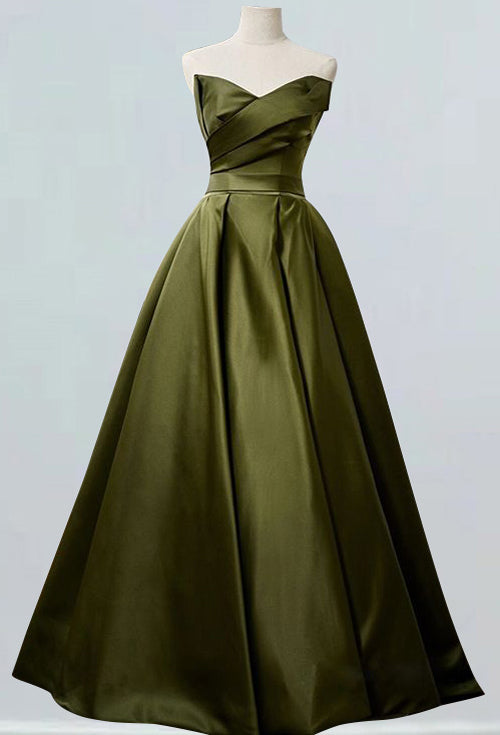Eco-Chic on the Clock: The Rise of Sustainable Office Wear Trends in the US
Navigating Sustainable Fashion: The Office Dress Code Revolution
Understanding Eco-Friendly Fabrics
Eco-friendly fabrics are key in sustainable fashion. They cut down on waste and pollution. Making clothes with these fabrics helps our planet. There are many types of eco fabrics. Organic cotton and recycled polyester are popular. Linen and hemp also have less impact on the environment. These fabrics are used in office wear too. They make office fashion more green. It's good for both people and the Earth. Choosing these materials can change how we dress for work.

The Shift to Conscious Consumerism in Office Attire
- Office workers are choosing green fashion more.
- Many now pick clothes that cause less harm to Earth.
- This shift changes what shops sell for work clothes.
- Workers buy less but choose better quality items.
- This trend also makes companies think about eco-rules.
- Dress codes now often include sustainable fabric options.
Building a Sustainable Office Wardrobe: Top Picks & Tips
Incorporating Ethical Fashion into the Work Environment
When updating your work attire, going green is key. Pick clothes made by fair-trade companies. These firms care about worker's rights and the planet. Look for brands that use eco-friendly materials. Organic cotton and recycled fabrics are good options. Also, think about the clothing's life cycle. Choose items that last long and can be recycled. Opt for classic styles over fast fashion trends. This way, you support the earth and look sharp. A green wardrobe can make a big impact at work. It shows you value sustainability. It can also inspire others to make eco-conscious choices. Start with basic pieces and build up. A well-made blazer, pants, or skirts in neutral tones are great. Add color with accessories like scarves or belts. Remember, less is more. Choose quality over quantity to reduce waste. Let's work and dress green for a better future.
Seasonal Considerations for Office Outfits
- Spring/Summer: Opt for light, breathable fabrics like organic cotton or linen. Choose lighter colors that reflect the sun's heat to stay cool.
- Fall/Winter: Layer with sustainable wool or recycled polyester. Darker shades absorb heat, aiding warmth.
- Transition Seasons: Invest in versatile pieces like a blazer or cardigan made from eco-friendly materials. They can adapt to changing temperatures.
- Any Season: A classic pair of ethically made black slacks transcends seasons. Pair them with different tops to suit the weather.
- Footwear: Consider shoes made from sustainable sources or vegan leather. They should be comfortable for daily wear while being eco-conscious.
Always check the care instructions for sustainable garments to maintain their quality and longevity.
From Green Textiles to Green Practices: The Future of Work-Chic
The Role of Social Media in Promoting Sustainability
Social media has a big role in eco-friendly work fashion. Posts about green clothes can inspire people to buy better. Many use hashtags to share sustainable outfits online. Influencers also promote green brands. They show that dressing well can be good for the Earth. This trend is growing fast, thanks to easy sharing on apps. Workers now see how they can dress up without harming nature.
How Workplaces Are Adopting Sustainable Dress Codes
Workplaces across the US are updating their dress policies. They are now including eco-friendly options. Some offer discounts on sustainable brands. Others host clothing swaps among employees. They also educate staff on green fashion choices. These steps help foster a culture of sustainability.








